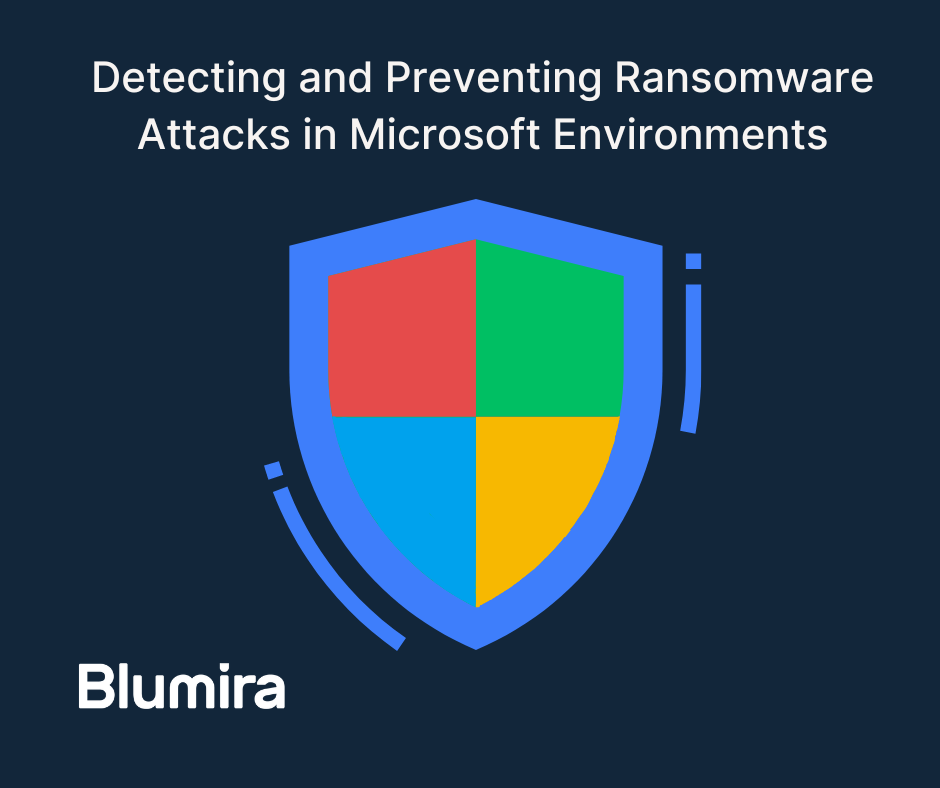Ransomware attacks have become a formidable challenge for businesses worldwide, leveraging encryption to hold data hostage in exchange for hefty ransoms. Particularly within Microsoft environments, a comprehensive understanding and robust measures can help fend off this pervasive threat.
Understanding the Threat Landscape
Ransomware typically infiltrates through phishing emails, malicious websites, or exploiting vulnerabilities. Once inside, it encrypts files, rendering them inaccessible, and demands a ransom. Microsoft environments are not immune; thus, awareness and vigilance are the first lines of defense. Recognizing suspicious activities—such as unexpected system file changes, unsolicited emails with attachments, or abnormal network traffic—can be pivotal in early detection.
WannaCry, a notorious ransomware strain that emerged in 2017, exploited a vulnerability in Microsoft’s Server Message Block (SMB) protocol. This vulnerability, known as EternalBlue, allowed WannaCry to spread rapidly across unpatched Microsoft Windows systems, encrypting files and demanding ransom payments in Bitcoin. The Wannacry outbreak affected a plethora of governmental agencies worldwide, including healthcare facilities, government agencies, and businesses, highlighting the importance of timely patching and maintaining a robust cybersecurity posture in Microsoft environments.
More recently, CISA noted a shift in the types of organizations being targeted. According to a report released in 2022, they noted attackers increasing their efforts towards midsized organizations rather than larger organizations. Early detection and response platforms, like Blumira, allow you to respond quickly to attackers employing a variety of techniques such as opening RDP and SMB connections from public IP along with a host of detections pertaining to cloud platforms like Microsoft 365.

Preventive Measures
- Regular Updates and Patch Management: To protect against known vulnerabilities in Microsoft products and third-party applications, implement a rigorous patch management strategy, and keep software up-to-date.
- Educate and Train Employees: Given that human error often leads to successful ransomware attacks, equipping staff with knowledge on identifying phishing attempts and safe computing practices is indispensable.
- Robust Backup and Recovery Plan: Regularly backing up critical data and having a clear recovery plan can significantly mitigate the impact of a ransomware attack. It's essential that backups are stored securely and tested regularly for integrity.
- Multi-Factor Authentication: Implement organization-wide multi-factor authentication across all sensitive applications and machines to limit access. Avoid using SMS authentication and train users to note potential push fatigue attacks.
- Monitor Use of RDP and Other Protocols: If your organization allows the use of RDP or other protocols like SMB, SSH, etc. Make sure you limit the access to internal networks only and monitor them closely with a SIEM or similar solution.
Detecting an Attack
Proactive monitoring and detection are vital in combating ransomware. Employing tools that analyze system and network behavior for anomalies can detect ransomware activities before they fully manifest.
Responding to an Incident
In the event of a ransomware infection, it is paramount to contain the attack to limit the scope of the impact. Isolating infected systems from the network immediately can help (in the event you cannot isolate the systems, powering them down is a good alternative). Following this, initiate your incident response plan, focusing on identifying the ransomware variant, eradicating the infection, and commencing data recovery processes prioritizing the most critical systems. Consulting with cybersecurity professionals can provide additional insights for effectively managing the situation and identifying the incident’s root cause.
Fortifying Your Defenses
The threat of ransomware can be significantly mitigated with proactive measures, comprehensive awareness, and employing advanced defensive technologies. Safeguarding valuable data requires fostering a culture of security-mindedness, maintaining rigorous preventative practices, and having a solid response plan.
An example of early detection and swift response was illustrated in a recent Blumira customer story. When the company's IT Systems Administrator received a P3 alert from Blumira, indicating a user consented to a suspicious application, they were able to promptly investigate and prevent a potentially malicious incident from escalating.
With the right tools and practices, organizations can enhance their defenses against the ransomware threat landscape.
More from the blog
View All Posts
Customer Story: District of Sparwood
Read More
Microsoft Defender for Cloud Apps: Integrate with Blumira SIEM
Read More
Customer Story: Girl Scouts of Southeastern Michigan
Read MoreSubscribe to email updates
Stay up-to-date on what's happening at this blog and get additional content about the benefits of subscribing.